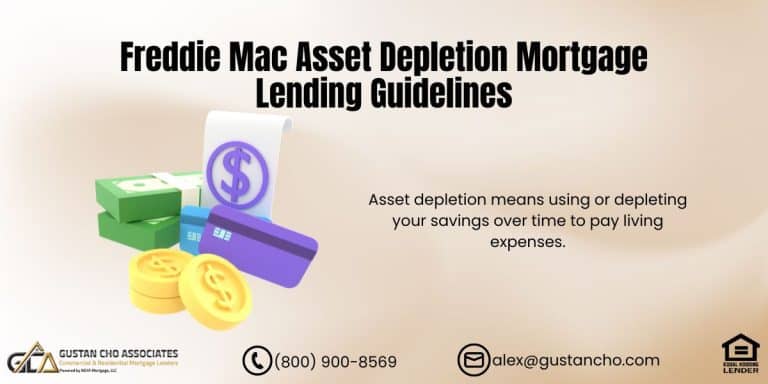This Article Is About FHA Automated Findings With Low Credit Scores And High DTI
It will be much more difficult getting an FHA Automated Findings Approval on the automated underwriting system (AUS) this year. HUD, the parent of FHA, has changed its algorithms on the automated underwriting system. The algorithm changes make it much more difficult for borrowers with under 640 FICO and higher debt to income ratios to get an approve/eligible.
Many loan officers are getting a refer/eligible per AUS Findings on borrowers who thought it was a slam dunk in getting an approve/eligible per AUS. The good news is borrowers under 640 FICO can still get an FHA loan with a refer/eligible per automated underwriting system with a manual underwrite. Not all lenders do manual underwriting.
Gustan Cho Associates are experts and does manual underwriting on FHA and VA Loans. Manual Underwriting on FHA and VA loans is a large percentage of our business at Gustan Cho Associates. In this article, we will discuss FHA Automated Findings with low credit scores and high debt to income ratios.
Reason Why HUD Toughened FHA Automated Findings Per AUS
HUD did not announce the reason why their credit standards and algorithms have changed to make it tougher on borrowers under 640 credit scores. It could have been more late payments from borrowers, and/or default rates. Lower credit scores mean higher layered risk for lenders. Therefore, borrowers with lower credit scores have higher mortgage rates.
Higher debt-to-income ratios mean higher risk layers for lenders. There are loan level pricing adjustments on lower credit scores and higher debt to income ratios. Due to higher layered risk, HUD decided to tougher credit standards for borrowers with under 640 credit scores and higher debt to income ratios effective immediately. It is now tougher to get an approve/eligible per automated underwriting system (AUS) with credit scores under 640 FICO and high debt to income ratios. Manual underwriting will become more common in the following months.
FHA Automated Findings Approval Versus Manual Underwriting
Manual Underwriting is common for borrowers who cannot get an approve/eligible per automated underwriting system (AUS). What manual underwriting means is a human mortgage underwriter needs to manually underwrite the loan. The main difference between manual underwriting versus automated underwriting system approvals is the debt to income ratio caps. Debt to income ratios is determined by compensating factors on manual underwriting.
Approve/eligible per AUS files can manually be downgraded by a mortgage underwriter. This often happens when a borrower barely got an AUS approval. Typical cases where a mortgage underwriter will downgrade an AUS-approved file is when the borrower has marginal credit scores, a large amount and number of collections/charged-off accounts, multiple jobs in the past two years, and other negative factors.
Please read this blog on COMPENSATING FACTORS ON MANUAL UNDERWRITES
Here is the debt to income ratio caps on manual underwriting:
- The maximum front end debt to income ratio is capped at 31% and the back end ratio is 43% with no compensating factors
- The maximum front end DTI is at 37% and back end DTI is 47% with one compensating factors
- The maximum front end DTI is 40% and back end DTI is 50% with two compensating factors
Borrowers can get an approve/eligible per automated underwriting system (AUS) with 46.9% front end and 56.9% back end debt to income ratios.
Other Manual Underwriting Requirements
Manual underwriting is no different than automated underwriting system approvals. The main difference is the restriction on debt to income ratios. Other manual underwriting guidelines are as follows:
- 580 credit scores required for 3.5% down payment home purchase FHA loans.
- The minimum credit score required to qualify for FHA loans is 500 FICO.
- For borrowers having under 580 and down to a 500 credit score, HUD requires a 10% versus a 3.5% down payment.
- Time payments in the past 24 months with no monthly late payments on any credit tradelines.
- Verification of Rent (VOR).
- Gustan Cho Associates can waive rental verification for borrowers living rent-free with family members to save money for the down payment and closing costs of a home purchase.
- Gift funds allowed.
- One month of reserves (PITI).
- Reserves cannot be gifted: Need to be borrowers’ own funds.
- Compensating Factors are important for borrowers with high debt to income ratios.
For more information on this blog or other mortgage-related topics, please contact us at Gustan Cho Associates at 800-900-8569 or text us for a faster response. Or email us at gcho@gustancho.com. The team at Gustan Cho Associates is available 7 days a week including late evenings, weekends, and holidays.










